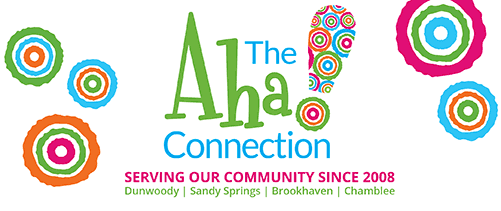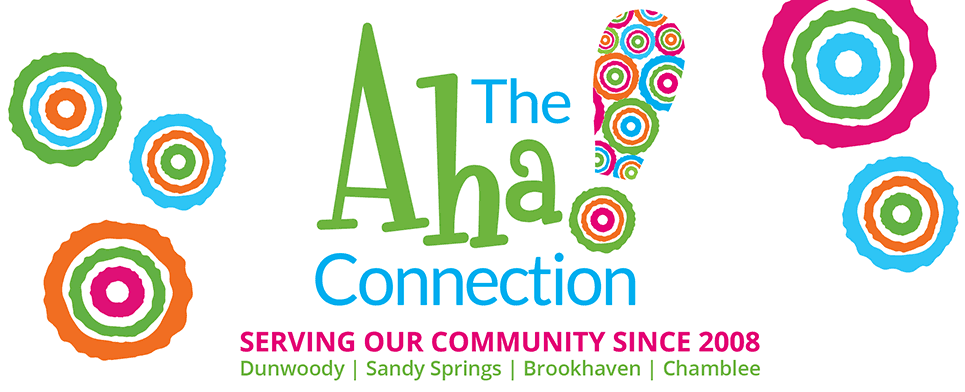By Ken Wright & Danny Ross
Click here to view the PDF
We write this column as Ken Wright and Danny Ross, private citizens, not Ken
Wright and Danny Ross, Mayor and City Council Member at Large, in support of both of the
parks bonds referendums.
Oliver Wendell Holmes once wrote: “The great things in the world is not so much
where we stand but what direction we are moving….we must sail – sometimes with the
wind, sometimes against it – but we must sail and not drift nor lie at anchor.”
Mr. Holmes describes the moment in time that we find ourselves facing today. Do we
wait for a better national political time or better global economy to invest in our community,or do we move forward taking advantage of the position we find ourselves in a city that is sound financially, with a strong commercial base, solid real estate values and low unemployment. 73% of the city tax base is paid by business. We believe the time to act on investing in adding to and improving our parks to a standard that reflects the rest of our community is now, while land is available, prices are down, financing is at historically low rates and improvements can be made under extremely attractive terms.
Dunwoody is a city of 13 square miles of mostly developed real estate comprised of
single family homes, multifamily homes, retail stores, commercial buildings, churches, 155
acres of park land, 168 miles of streets and 46,200 people who moved here during the past forty years in pursuit of a higher quality of life. During that time new churches have been constructed along Mt. Vernon and Chamblee-Dunwoody Roads, Dunwoody Village was built and the largest economic engine in the Southeast has sprung up at Perimeter Center.
According to the Trust for Public Land, a community should have between seven and
ten acres per thousand residents. In the recently developed Parks Master Plan, Lose &
Associates indicated that Dunwoody is woefully underserved with parkland. Today
Dunwoody has 3.5 acres of parkland per thousand people. Over 1,100 members of the
community participated in a survey as part of the input to the Master Plan. This survey found that walking trails, tennis facilities and a sports complex was the most mentioned need expressed by the respondents. Our existing parks have great potential. As planned, the 102 acre Brook Run Park can be developed into a world-class passive facility. To date the only improvements have been the addition of the Children’s Adventure Garden, the Skate Park and the dog park.
Imagine massive green fields and an outdoor amphitheater surrounded by walking trails,
pavilions and a performing arts center and theater. Visualize the 3-acre Donaldson-Chesnut Farm as an interpretative farm-life museum, depicting farm-life as it existed in 1867 when the home was built. This unique historic home has six buildings including the main house, a guest house, a blacksmith shop, commissary, barn and wash house. Funds from the bond referendum could be directed to the needed major repairs on both the exterior and interior of these important buildings. Imagine this as an educational resource center for learning and gathering place for weddings and other celebrations, where animals once again inhabit the property.
The Dunwoody Nature Center is a symbol of sustainability in our community. It is
also in a state of disrepair. The 34 acres of mostly natural forest and trails can realize the
vision of the many who have spent countless hours bringing natural resources front and center to children and adults in Dunwoody. The home, which serves as the center for operations and classrooms is not safe and with the bond referendum can be replaced with a new facility that will provide for more interaction and learning about nature. Both the Donaldson-Chesnut Farm and the Nature Center could define Dunwoody as a must see destination, adding to our economy. The two ball fields, which are in a sad state, can be replaced with grassy fields, a pavilion and playground that is more accessible to the northern part of the city.
Windward Hollow Park has two tennis courts that are almost unplayable and
playground equipment that needs replacing. This facility can be transformed into a park that provides walking trails and playgrounds for the nearby neighborhoods.
The 5-acre Perimeter Park can be developed into a passive facility that serves the
residents of and those who work in the Perimeter area.
Recently, the city announced the intention to purchase the 19 acres that was formerly
the Emory-Dunwoody Hospital. The option to purchase this property provided a glimpse of
the opportunity we have today to purchase land at historically low prices. The $322,000 per acre purchase price (which includes demolition cost) represents less than a third of what the property was valued at just three years ago. Strategically, this property is very important. It provides the potential, with easements, to connect the Georgetown area to Brook Run with walking trails.
A potential use of this property would be a world-class indoor/outdoor tennis facility.
Last Monday night the city discussed the proposal by a group of experienced tennis
professionals desirous of building such a facility in Dunwoody. Using five acres of the land
could accommodate 4 indoor courts, 14 outdoor courts, junior courts and a tennis pro shop. The group proposes to bring 19 regional tournaments (all under contract today) to Dunwoody.
A similar facility in Mobile, Alabama contributes $30 million annual economic impact to
hotels, restaurants and retail establishments in that area. We believe such a facility could
serve as a catalyst for the redevelopment of the Georgetown area.
A letter of intent providing for the purchase of 42 acres along Peachtree Industrial
Boulevard was signed last week by the city. This property, which is currently 519
apartments, will provide the city with an opportunity to develop a much needed sports
complex consisting of multiple baseball, soccer, lacrosse and football fields and walking
trails. Like the tennis center at Georgetown, the sports complex at Peachtree Industrial and Winters Chapel Road will serve as a catalyst for redevelopment along this gateway.
The costs to make these improvements and construct these new facilities are very
attractive at this time. For example, the renovation of Dunwoody High School had a budget of $22 million. Because contractors and workers were eager to find jobs, this work was completed on time for $15 million.
The good news is the cost of the bonds. For the average homeowner ($350,000) in
Dunwoody, the two parks bond referenda will together cost only $210 per year ($17.50 per month). After tax deductions this amounts to less than fifty cents per day.
It is time for us to sail and not drift or lie at anchor. The winds of time are blowing in
our favor. Please join us in supporting the two parks bonds issues. Vote “Yes” on
November 8th.





